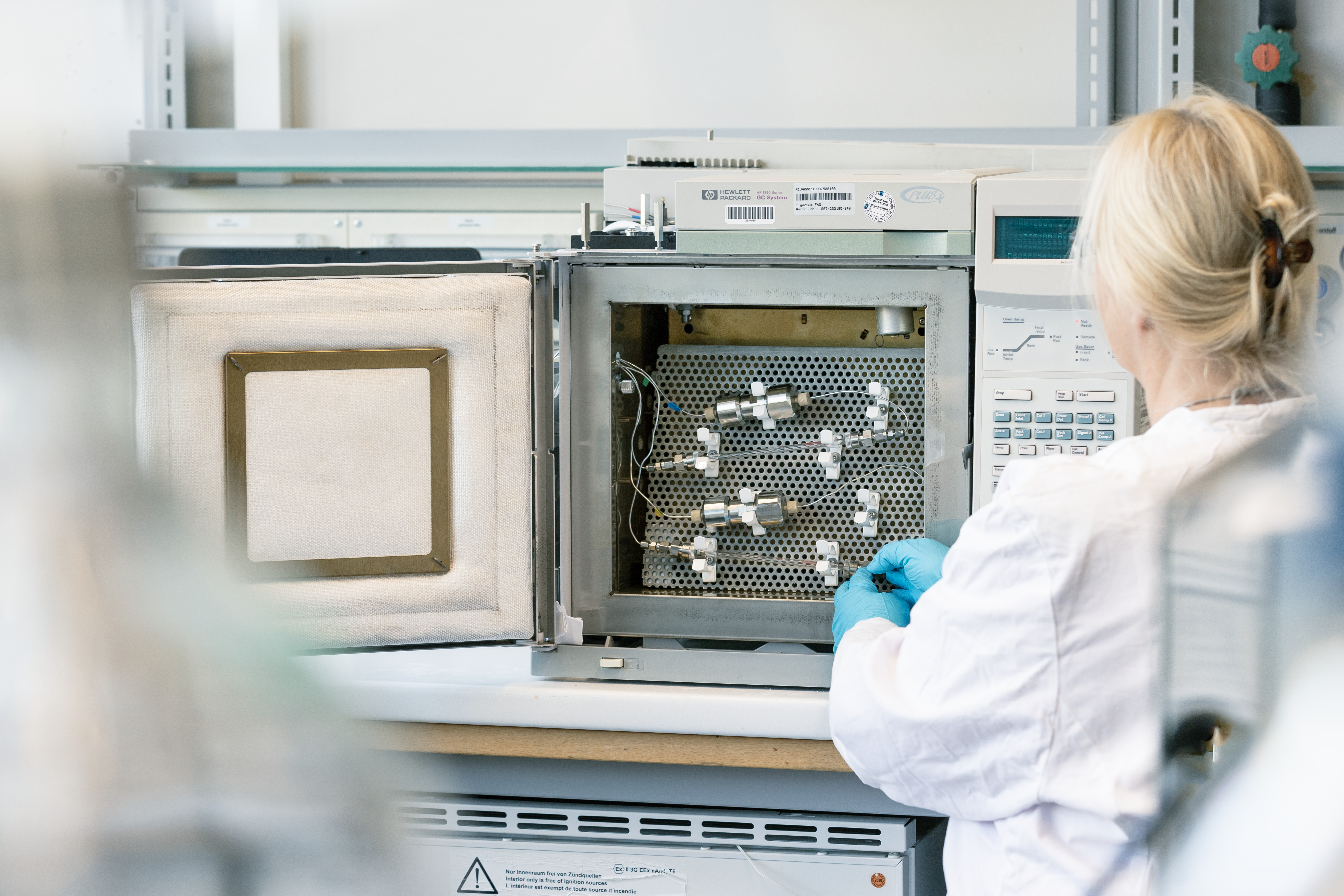June 27: Fragrance Day
Challenges of Odor in Recycling
The sense of smell, often underestimated, plays an important role in our daily lives. In the circular economy, particularly in recycling, odor is a significant issue. Often, foul-smelling recyclates make the recycling process more challenging. This is where the Fraunhofer Cluster of Excellence Circular Plastics Economy CCPE comes in, developing various strategies to reduce odors in plastic recyclates.

Every year on June 27, Fragrance Day is celebrated to acknowledge the importance of our sense of smell. The significance of this sense becomes particularly clear when it is impaired, lost, or when extreme odors are perceived. The human nose is a true marvel, capable of absorbing and processing a multitude of volatile compounds with its olfactory cells. Additionally, odors influence our memory and social behavior. Odor is also crucial for recycling and a functioning circular economy. Recyclates from recycling bins are often contaminated with organic and inorganic impurities or undergo degradation reactions during the recycling process, resulting in unpleasant odors. These odors make their reuse more challenging and limit the use of recyclates to low-value applications.
Sandwich Structures and Additives as Odor Protection Agents
The Fraunhofer Cluster of Excellence Circular Plastics Economy (CCPE) is extensively involved in developing various strategies to find sustainable solutions for minimizing odors and emissions in plastic recyclates.
In the Research Department "Circular Additives and Compounds," staff are researching the reduction of odors from recyclates through the use of additives. Initial solutions have already been developed. For instance, odor release can be prevented by using sandwich structures. In this approach, the odor-contaminated material is densely enclosed in an additive layer of virgin material.
In addition to the use of sandwich structures, another research focus is on developing additives that can serve as odor protection agents. Here, researchers from the CCPE institutes Fraunhofer ICT, Fraunhofer LBF, and Fraunhofer IVV work closely together to characterize suitable substances for odor protection, clarify their mechanisms of action and possible migration processes, and specifically investigate the interactions of the additives with other substances. This allows odor-contaminated recyclates to be qualitatively upgraded to higher levels of circularity. The goal of the additive solutions is to enable the widespread use of recyclates in high-quality applications.
Last modified: